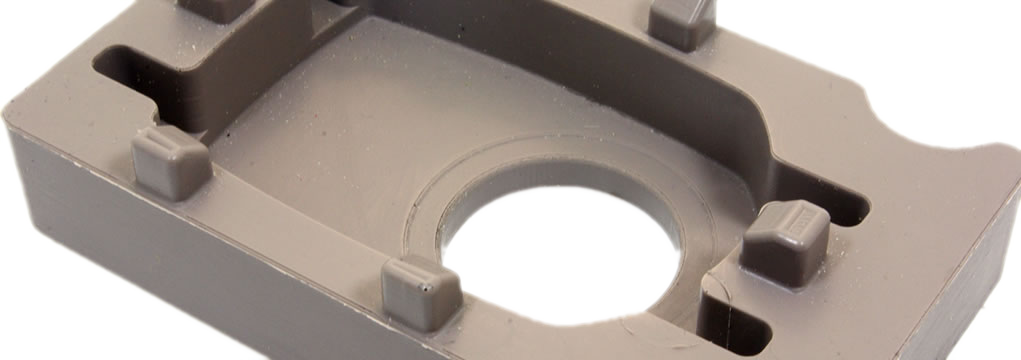
Elastomeric polyurethanes are a class of material with similar characteristics to that of rubber. As well as being highly elastic this material boasts good abrasion resistance, tear strength, a wide temperature stability range and good resistance to chemicals. Elastomer polyurethanes are commonly used in situations where moisture barrier is required.
Hardness values range from 20 shore A to 80 shore D and its superior elasticity properties allow some elastomer polyurethanes to stretch to six times original size. These materials also have a great shape memory enabling the product to return to its original shape after distortion.
Advantages
- Hardness values range from 20 shore A to 80 shore D
- High elasticity
- Good shape memory
- Good abrasion resistance
- Resistance to Oxygen and Ozone
- Good chemical resistance
- Good load bearing capacity
Typical polyurethane material specifications
| Elastomer | Elastomer | Flexible Pu foam | Structural rigid foam | Structural rigid foam | Insulation foam | |
| Moulded properties | CG9 9026 72D | CG9 9007 70A MF | IS DP6252ZM | Isofoam RM 509W | Isofoam RM 522W | – |
| Hardness , Shore A | – | 70 | 45-75 | 96 | – | 160 |
| Hardness , Shore D | 72 | – | – | 42 | 54 | – |
| Thermal Conductivity (Wm-1 K-1) | – | – | – | 0.05 | – | 0.03 |
| Tensile strength (Kpa) | 20 | 7 | 1370 – 1375 | 5700 | – | – |
| Elongation (%) | 26 | 215 | 75 – 109 | 4.3 | – | – |
| Tear Strength (N/nm) | – | – | 5.3 – 5.45 | – | – | – |
| Burn characteristics (mm/min.) | – | – | <100 | – | – | – |
(Estimated values for reference only)

